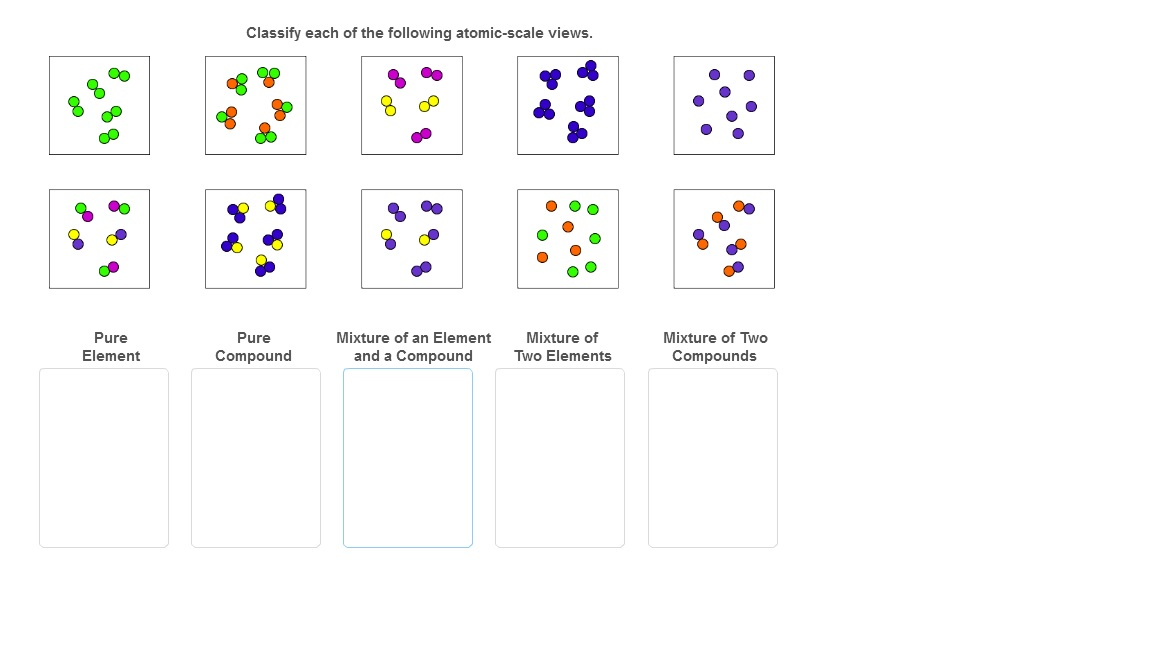


This can occur when the sample is composed of many small pieces.

Some samples of matter appear to have properties of solids, liquids, and/or gases at the same time. Watch this video to learn more about plasma and the places you encounter it. The composite of these tiny dots of color makes up the image that you see. In a tiny cell in a plasma television, the plasma emits ultraviolet light, which in turn causes the display at that location to appear a specific color. A gas takes both the shape and volume of its container. (In zero gravity, liquids assume a spherical shape.) Both liquid and solid samples have volumes that are very nearly independent of pressure. A liquid flows and takes the shape of its container, except that it forms a flat or slightly curved upper surface when acted upon by gravity. A solid is rigid and possesses a definite shape. Solids, liquids, and gases are the three states of matter commonly found on earth ( Figure 1.6). Gases are also matter if gases did not take up space, a balloon would not inflate (increase its volume) when filled with gas. Solids and liquids are more obviously matter: We can see that they take up space, and their weight tells us that they have mass. Matter is defined as anything that occupies space and has mass, and it is all around us. Define and give examples of atoms and molecules.Classify matter as an element, compound, homogeneous mixture, or heterogeneous mixture with regard to its physical state and composition.Apply the law of conservation of matter.Describe the basic properties of each physical state of matter: solid, liquid, and gas.By the end of this section, you will be able to:


 0 kommentar(er)
0 kommentar(er)
